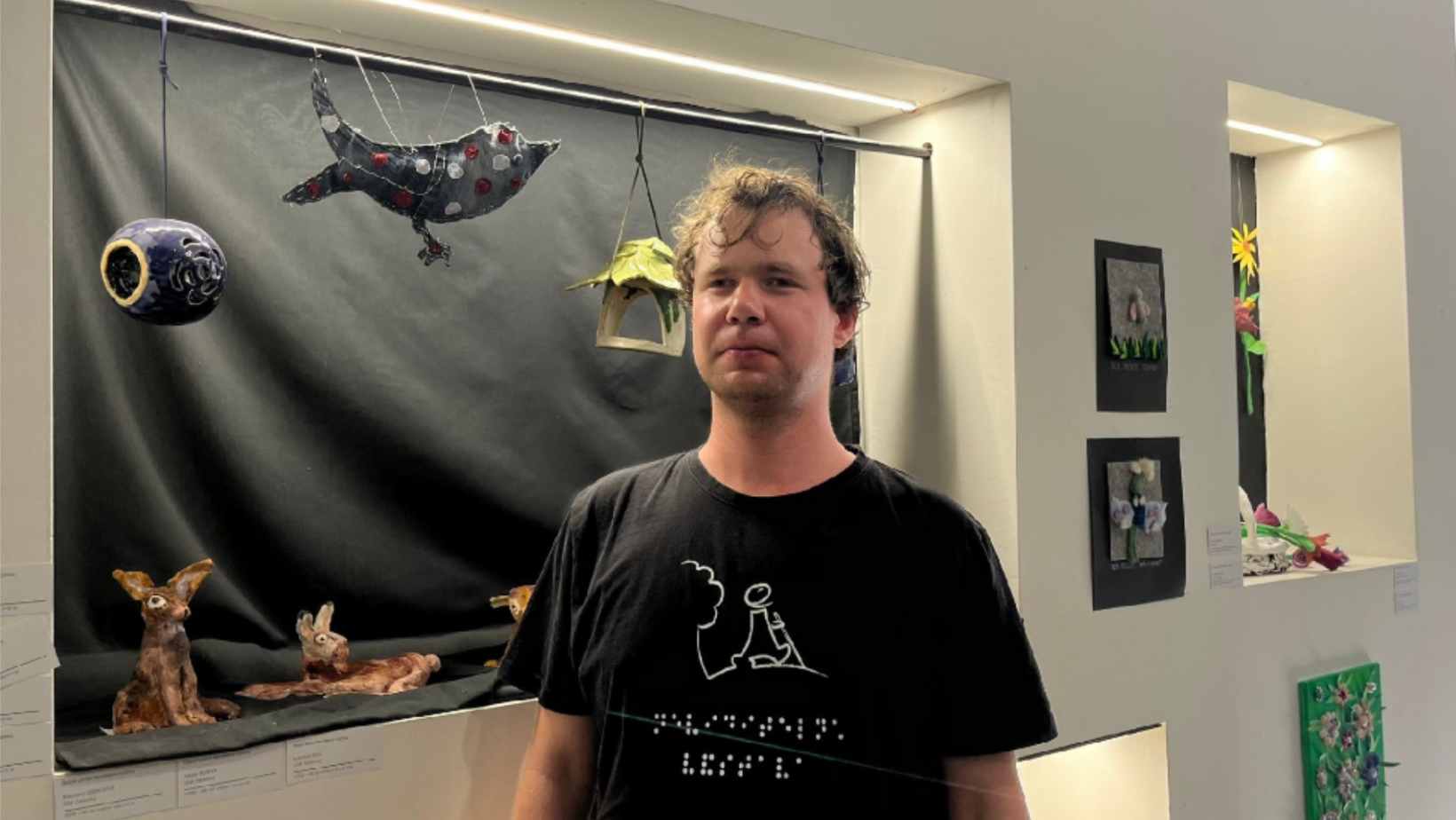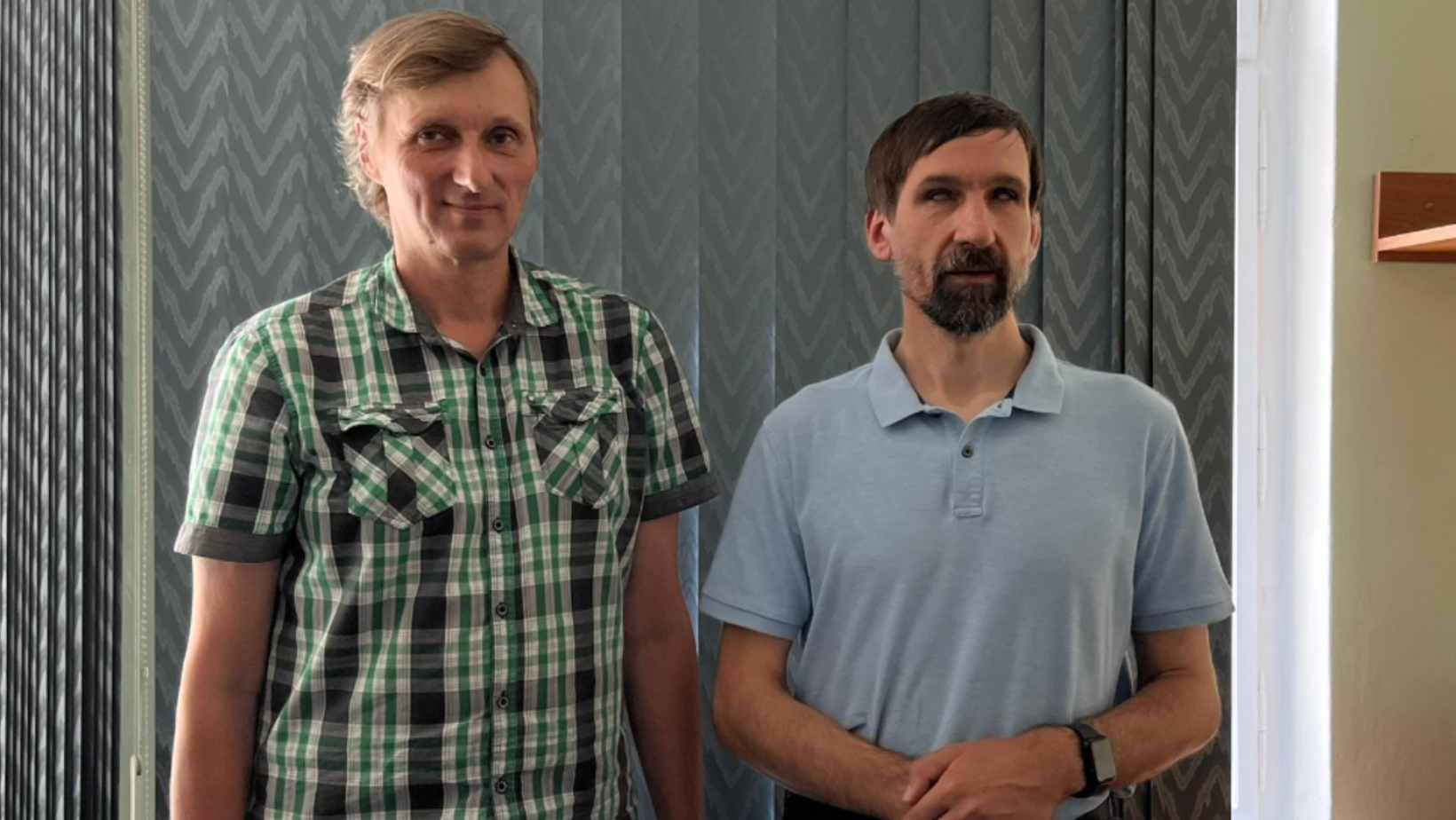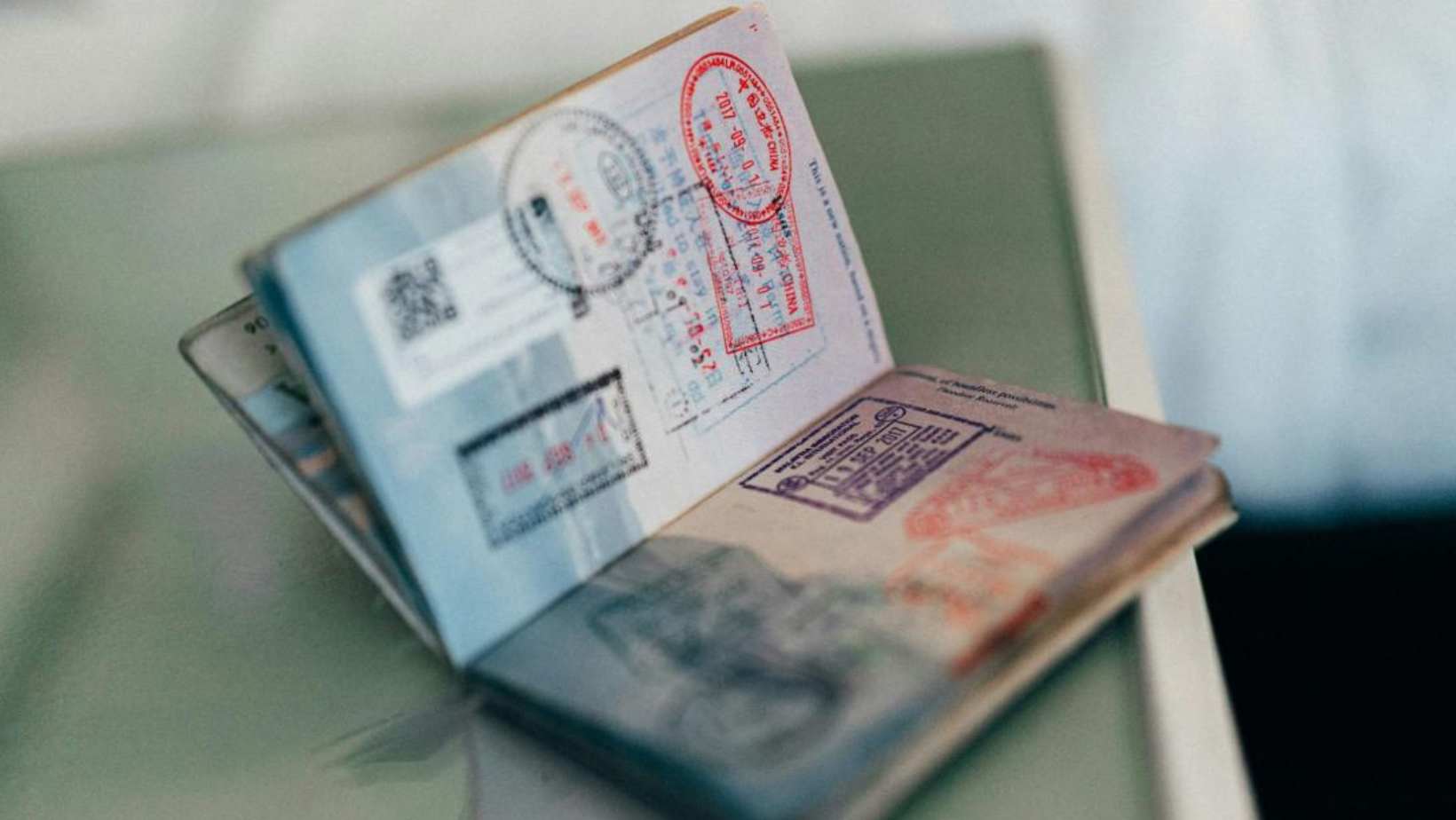Prague Streets Pose Challenges to the 80,000 Blind Residents
Prague Morning

The death of a blind man in August at a metro station has raised questions among advocates about safety for 80,000 visually impaired Prague residents.
The President of Czech Blind United considers Prague to be one of the most accessible European cities for people with visual handicaps, but this death shows more needs to be done.
“Life isn’t ready for blindness,” says Luboš Zajíc, President of Czech Blind United. Transmitter devices costing 3,700 CZK are used to track approaching trams, but without government financial aid they can be difficult to access. The rising use of electric scooters, which can be parked and ridden anywhere, pose dangers to the visually impaired.
The city centre ‘Invisible Exhibition’ seeks to educate fully sighted people through interactive rooms in pitch black. The exhibition welcomes 30,000 visitors per year and employs 18 visually impaired people as guides.

Tomáš Rous, visually impaired ‘Invisible Exhibition’ guide
“When it started, I wasn’t very happy because I thought blindness was being shown as something not normal or something comedic,” says Zajíc. After 14 years of its existence, he can now recognize its value.
“We want to experience the world as people who don’t have their sight,” says fully sighted exhibition visitor Boris Horváth. “They belong in our society as much as we do. They are not sick.”

František Brašna, Head of Methodological Centre for Barrier Removal (left) and Luboš Zajíc, President of Czech Blind United (right)
Officials are testing barriers on metro line C and planning to install them on the new line D.
Zajíc wants to see the installation of raised artificial guidelines at crosswalks that can be followed by feet- not just white canes. “We must continue to fight for better accommodations,” he said.
Authors of the story: Anna Boyne, Nikodem Klata, Simona Strejčková, Hanna Karman
Would you like us to write about your business? Find out more
-
NEWSLETTER
Subscribe for our daily news









